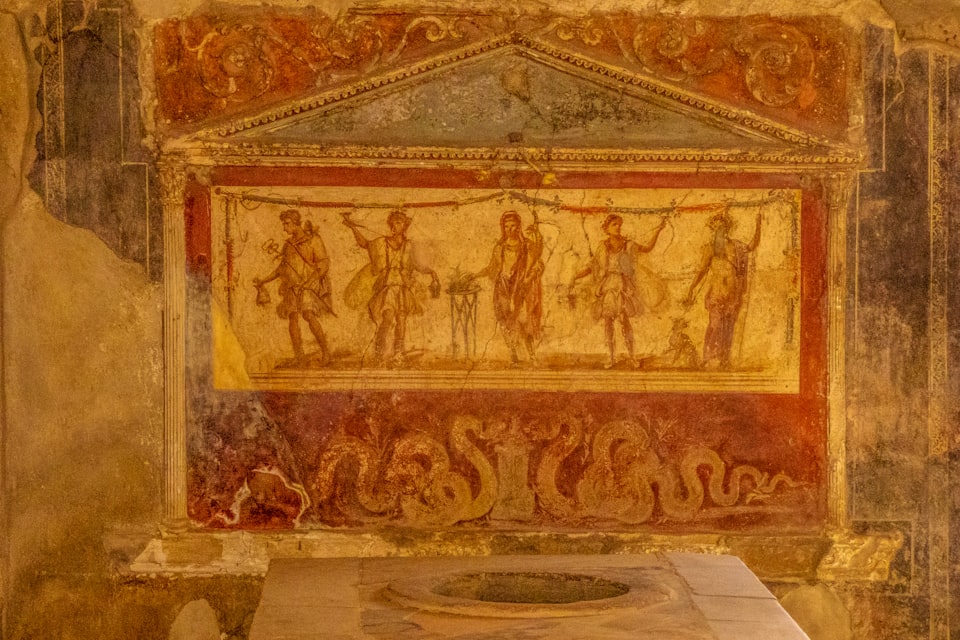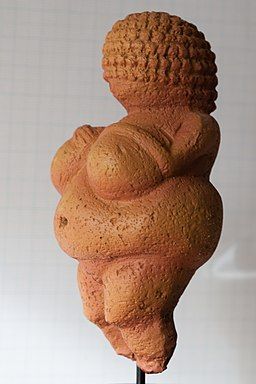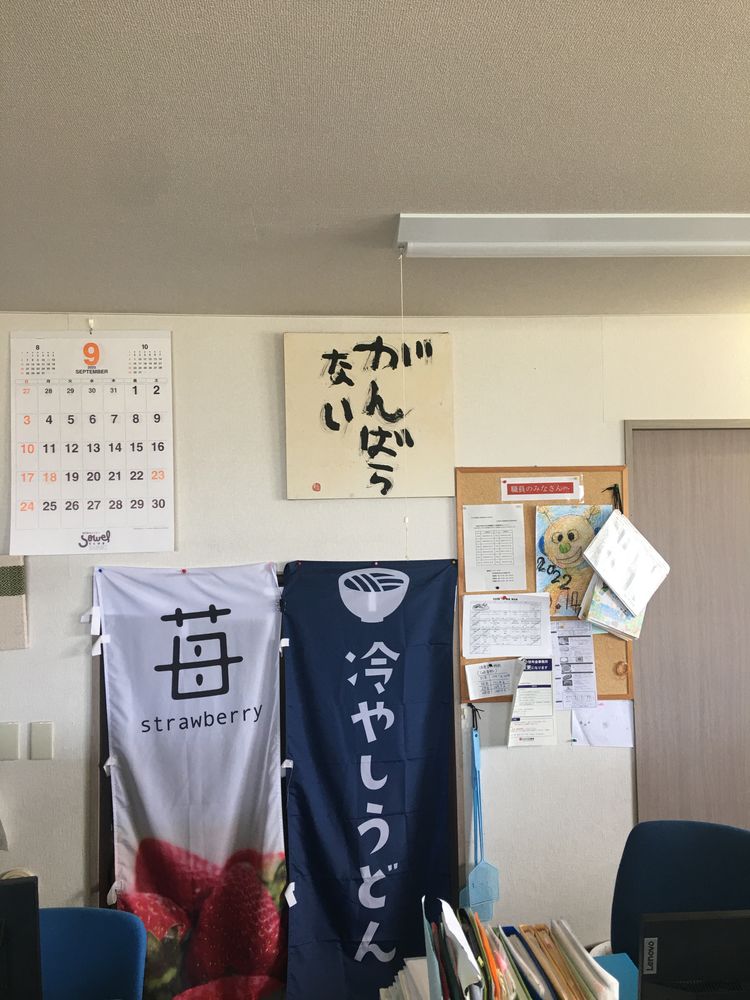Imagining Pre-History: Understanding the World before Yesterday

“In 2,000 years, people may dig this up and think this was the art of Japan!”
My father jokingly claims as we have our morning coffee. In his hand is a stone plate called a “Mani stone”, which is a gift he got during his time as a missionary in the region called Tibet -- the home to the Dalai Lama.
The Mani stone serves as a central part of Tibetan Buddhism, where prayers or devotional signs are carved intricately onto various rocks found in the mountainous region of the Tibetan plateau. From small pebbles, to large boulders that serve as walls, these stones were a tool for the Tibetan people to show their devotion to their faith that began close to 3,000 years ago.
Ironically, this Mani stone which my father possessed had a verse from the Christian bible inscribed onto it.
“How confused will future archaeologists be, finding thousands of Buddhist scriptures on Mani stones in Tibet, yet to discover this one stone with a distinct scripture on the island of Japan," I thought to myself.
"How would they reconstruct this time -- which we called the 21st century?"
Now, let's conduct a thought experiment.
Look around you: the cafe, your bedroom, a library, a park, or any other place people may read this. If our civilization was to end at this very moment, what would remain in the next 2,000 years?
Maybe some leather or rubber shoes, possibly the smartphone case, some furniture or cutlery. Definitely not the data on your electronic devices in its current form.
Now as a makeshift historian, try to reconstruct the lives of our civilization using these remains. How confident are you to imagine our day-to-day lives from your surroundings?
One thing you may figure out eventually is our globalized world. I personally have artifacts that may well survive the societal collapse in my home in Michigan, that come from areas of Kenya, Japan, Korea, Mexico, and Nepal. Your glass jar of salsa with a Spanish ingredient list may also suggest such possibilities — well if it’s those fancy ones that are carved into the glass.
Museums will be a goldmine for such discoveries. Imagine the confusion and awe in which future Homo Sapiens will experience digging up the fallen Louvre Museum or the British Museum and all its remains. What advanced methods and technology will they possess to track back in history and illustrate the past accurately? What would we be able to teach them, from the stories and thoughts we evoke from our remains?
If for some stroke of luck, your skeleton remains alongside these artifacts -- how would that change this imagined world?
Ok, let's return to the modern day where we're all alive and your precious collection of images on Instagram are still intact.
That earlier thought experiment reversed the process of archaeology or historical studies -- where we used our imagination to travel to the future, and study our current time.
Archaeologists do the same, but to our past societies. Some are easier to decipher, like the Egyptians or the Mayans who had a written system and an abundance of artifacts. Other groups like the Jomon or the Easter Islanders are harder to understand -- but evoke our imagination even more. Did aliens make the Moai statues? Was this stone carved to be used as a podium for sacrifices or other ritual practices?
Such thoughts may seem to verge on the end of fanatic thinking -- or conspiracy theories. However, even if these questions may never be fully corroborated or denied, the impact of such imaginative pasts become consequential in the modern day.
Some may find an artifact of a stone-carved sexual organ, and use that as evidence for human's long standing vice of sexual fantasy and obsession. Others may see the same artifact and see it as a beautiful expression of sexuality.
We look at ancient scrolls and associate them with other ancient scrolls to construct holy scriptures. Others may imagine such scrolls as a bored aristocrat's late-night drunk writing.
Some may find an old clay doll that seems to depict a beautiful fertile woman — and interpret it as a case of pre-historic misogyny. Others may see the same doll and see it as a pregnant hunter-gatherer woman exploring her body during the spare time she earns as others get her food.

The interpretation of our past becomes crucial in attempting to corroborate what we consider to be "human nature". Yet that very interpretation of our past tells us a lot about who we are today. If one sees our history as innately cynical and full of sin, how would that person perceive their own present? How would that lead to a different future?
To borrow a famous line from George Orwell's "1984":
Who controls the past, controls the future. Who controls the present, controls the past.
This quote from the fearful dystopian novel, can actually serve as a hopeful quote.
It is again, up to our interpretation to foresee the possible future.
![[Guest Post] Exploring Colonial History through Art](/content/images/size/w750/2023/11/graphite-island-banner.png)
